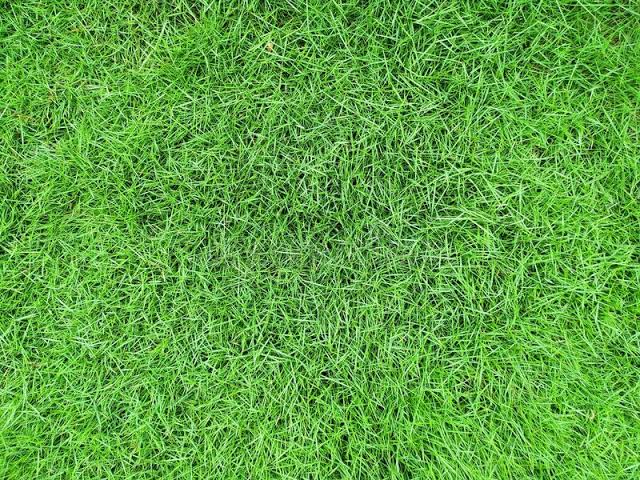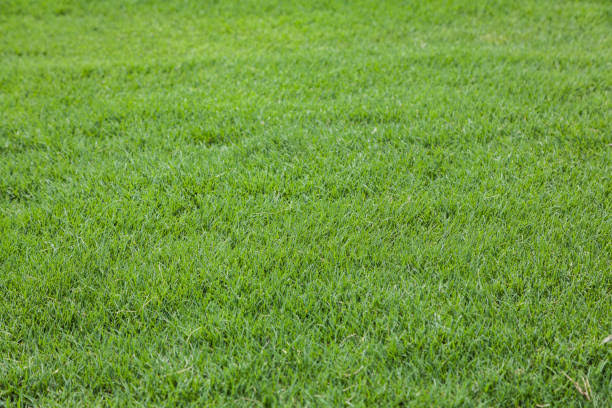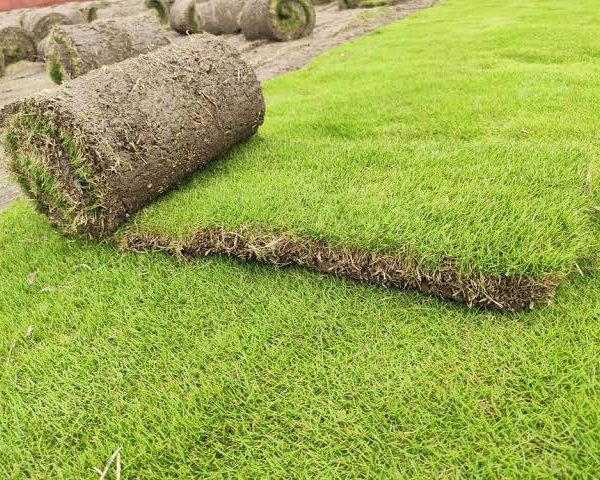The Spanish brought Bermuda grass to America in the 1500’s from Africa. This attractive, dense grass, also known as “South Grass,” is an adaptable warm-season turf that many people use for their lawns. It is also found in pastures, on athletic fields, golf courses, parks and more. Let’s learn more about how and when to plant Bermuda grass. Information on Growing Bermuda Grass Bermuda grass is a cold tolerant, warm-season grass that will grow as far north as Virginia. In warmer tropical areas, Bermuda grass will remain green all year long. In other areas that drop below 60 degrees F. (15 C.), it will go dormant. Ideal growing regions for Bermuda grass include the United States Department of Agriculture Zones 7 through 10. Growing Bermuda grass is easy as long as you have the right conditions. 0 seconds of 0 secondsVolume 0% Note – For those that have not planted Bermuda grass for turf or other practical uses, its presence can be that of a weed and is very hard to get rid of. When to Plant Bermuda Grass The best time to plant Bermuda grass is in the spring once temperatures are consistently warm; this is generally in April or March in warmer regions. How to Grow Bermuda Grass Bermuda is not overly picky about soil type and will even tolerate salt spray, making it a good option for coastal regions. Explore More Bermuda grass does well in full sun, but it will tolerate some shade. At one point in time, Bermuda was grown only from sod or sprigs but is now widely available in seed form. For best results, use 1 pound (0.50 kg.) of hulled Bermuda grass per 1,000 square feet (93 sq. m.). This grass sprouts quickly and is very hard to get rid of once it starts growing. Start by raking the area to be seeded until it is as smooth as possible. Make a mixture of equal parts sand and seed. The seed can be broadcast using a spreader or by hand for smaller areas. To avoid skips in the lawn, distribute half the mixture lengthwise and half of the mixture crosswise. Care of Bermuda Grass Bermuda grass care is not difficult. A light daily watering is all that is necessary while the grass is establishing. Once the grass is established, the watering frequency can be decreased, but the amount of water per watering session increased. The grass will need one inch (2.5 cm.) per week if there is not significant rainfall. As soon as the grass reaches 2 inches (5 cm.), it can be mowed with a sharp blade. Mowing will help the grass toughen up and spread. Fertilize six weeks after planting with a complete fertilizer that releases nitrogen slowly. Apply a pre-emergence weed control in the fall.

SHIPPING & DELIVERY
Vestibulum curae torquent diam diam commodo parturient penatibus nunc dui adipiscing convallis bulum parturient suspendisse parturient a.Parturient in parturient scelerisque nibh lectus quam a natoque adipiscing a vestibulum hendrerit et pharetra fames nunc natoque dui.
- Vestibulum penatibus nunc dui adipiscing convallis bulum parturient suspendisse.
- Abitur parturient praesent lectus quam a natoque adipiscing a vestibulum hendre.
- Diam parturient dictumst parturient scelerisque nibh lectus.
Scelerisque adipiscing bibendum sem vestibulum et in a a a purus lectus faucibus lobortis tincidunt purus lectus nisl class eros.Condimentum a et ullamcorper dictumst mus et tristique elementum nam inceptos hac parturient scelerisque vestibulum amet elit ut volutpat.









Reviews
There are no reviews yet.